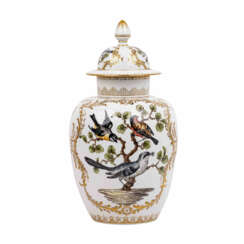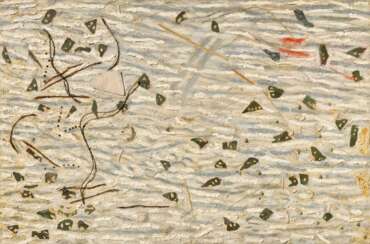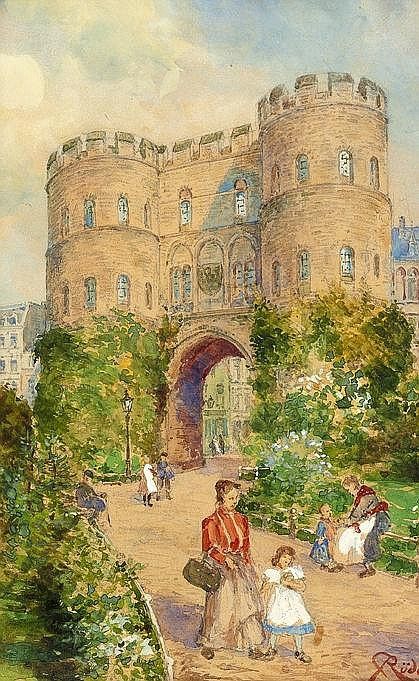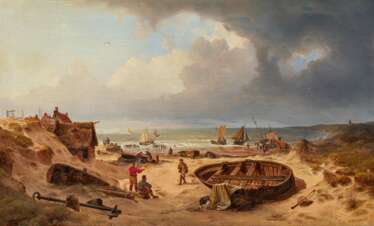carl

Carl Buchheister was a German constructivist artist noted for his multiple series of "model paintings"at Galerie Lambert Weyl, Paris. which he began in 1925. He was born in Hanover, Germany. Although he was not officially part of the Bauhaus movement, Buchheister was a close friend of Wassily Kandinsky and paralleled many of the social and artistic goals of the Bauhaus school. With regard to constructivism, Buchheister was typically more playful and improvisational than his contemporaries, becoming interested in the Dada movement after a collaboration with Kurt Schwitters in the late 1920s which led him to incorporate more varied materials such as acrylic glass, aluminum, wood, and twine into his compositions. This direction was given much freer rein after World War II and the end of Nazism. He died in Hanover in 1964.


Carl Buchheister was a German constructivist artist noted for his multiple series of "model paintings"at Galerie Lambert Weyl, Paris. which he began in 1925. He was born in Hanover, Germany. Although he was not officially part of the Bauhaus movement, Buchheister was a close friend of Wassily Kandinsky and paralleled many of the social and artistic goals of the Bauhaus school. With regard to constructivism, Buchheister was typically more playful and improvisational than his contemporaries, becoming interested in the Dada movement after a collaboration with Kurt Schwitters in the late 1920s which led him to incorporate more varied materials such as acrylic glass, aluminum, wood, and twine into his compositions. This direction was given much freer rein after World War II and the end of Nazism. He died in Hanover in 1964.


Carl Buchheister was a German constructivist artist noted for his multiple series of "model paintings"at Galerie Lambert Weyl, Paris. which he began in 1925. He was born in Hanover, Germany. Although he was not officially part of the Bauhaus movement, Buchheister was a close friend of Wassily Kandinsky and paralleled many of the social and artistic goals of the Bauhaus school. With regard to constructivism, Buchheister was typically more playful and improvisational than his contemporaries, becoming interested in the Dada movement after a collaboration with Kurt Schwitters in the late 1920s which led him to incorporate more varied materials such as acrylic glass, aluminum, wood, and twine into his compositions. This direction was given much freer rein after World War II and the end of Nazism. He died in Hanover in 1964.


Carl Buchheister was a German constructivist artist noted for his multiple series of "model paintings"at Galerie Lambert Weyl, Paris. which he began in 1925. He was born in Hanover, Germany. Although he was not officially part of the Bauhaus movement, Buchheister was a close friend of Wassily Kandinsky and paralleled many of the social and artistic goals of the Bauhaus school. With regard to constructivism, Buchheister was typically more playful and improvisational than his contemporaries, becoming interested in the Dada movement after a collaboration with Kurt Schwitters in the late 1920s which led him to incorporate more varied materials such as acrylic glass, aluminum, wood, and twine into his compositions. This direction was given much freer rein after World War II and the end of Nazism. He died in Hanover in 1964.


Carl Spitzweg was a German romanticist painter, especially of genre subjects. He is considered to be one of the most important artists of the Biedermeier era.


Carl Ludwig Noah Bantzer was a painter, professor and art critic; associated with the Willingshausen Artists' Colony.

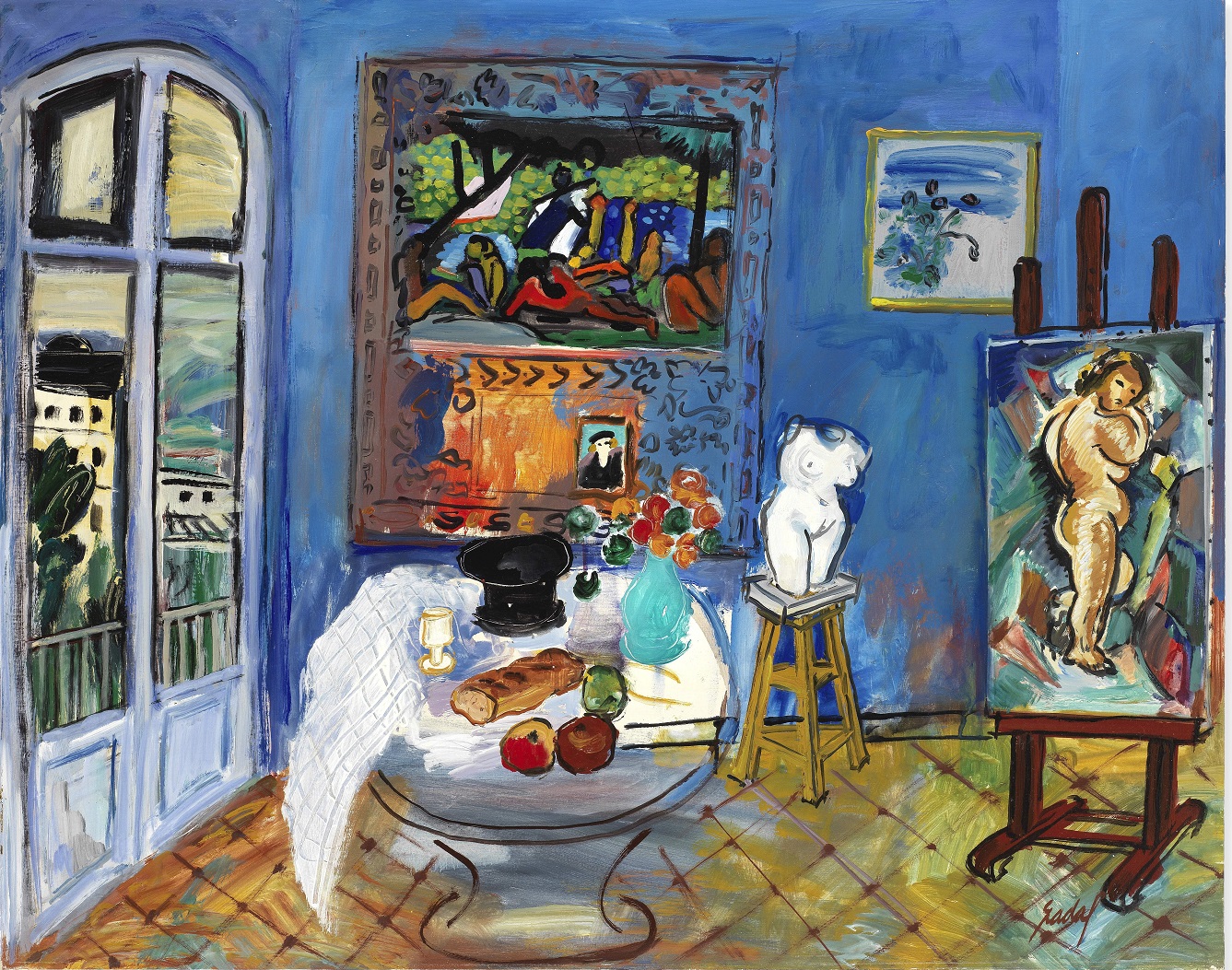


Carl Hilgers was a 19th century German landscape painter.
Carl Hilgers liked to paint winter landscapes shrouded in mist, often of locations around Düsseldorf. The paintings have a romantic character which is enhanced by occasional figures.


Carl Spitzweg was a German romanticist painter, especially of genre subjects. He is considered to be one of the most important artists of the Biedermeier era.


Carl Maria Nicolaus Hummel was a distinguished German landscape painter and etcher, renowned for his delicate representations of the natural world. Born in Weimar in 1821, Hummel embarked on his artistic journey under the guidance of Friedrich Preller at the Fürstliche freie Zeichenschule Weimar starting in 1841. His rich legacy is shaped by extensive travels across Europe, capturing the essence of each locale with a keen eye for detail and mood.
Hummel's artistry is marked by his adept use of light and texture, which brings scenes to life with a vibrancy that transcends time. His works, such as the serene "Valley of the Mills, near Amalfi" and the contemplative "Sky Study (Sunset)", showcase his skill in marrying color and form to reflect both the tranquility and the dramatic interplay of natural landscapes.
For art collectors and connoisseurs, Hummel's paintings are a testament to the romantic spirit of 19th-century art. His paintings are prominently featured in prestigious institutions across Northern Europe, including the Musée de la Vie Romantique in Paris. Each piece serves as a window into the historical and cultural narratives of the time, making them invaluable additions to any collection.
Renowned for his meticulous approach and the emotional depth of his work, Hummel's contributions to the world of art continue to inspire and captivate audiences. His ability to capture the sublime beauty of nature makes his work an enduring treasure in the landscape genre of the 19th century.
Stay informed about the latest exhibitions and auction events featuring Carl Maria Nicolaus Hummel's work. Sign up now for exclusive updates tailored for collectors and art history enthusiasts. Your subscription ensures you never miss an opportunity to add a piece of history to your collection.


Carl Spitzweg was a German romanticist painter, especially of genre subjects. He is considered to be one of the most important artists of the Biedermeier era.


Carl Spitzweg was a German romanticist painter, especially of genre subjects. He is considered to be one of the most important artists of the Biedermeier era.


Carl Spitzweg was a German romanticist painter, especially of genre subjects. He is considered to be one of the most important artists of the Biedermeier era.


Carl Spitzweg was a German romanticist painter, especially of genre subjects. He is considered to be one of the most important artists of the Biedermeier era.


Carl Spitzweg was a German romanticist painter, especially of genre subjects. He is considered to be one of the most important artists of the Biedermeier era.


Carl Spitzweg was a German romanticist painter, especially of genre subjects. He is considered to be one of the most important artists of the Biedermeier era.


Carl Spitzweg was a German romanticist painter, especially of genre subjects. He is considered to be one of the most important artists of the Biedermeier era.


Carl Spitzweg was a German romanticist painter, especially of genre subjects. He is considered to be one of the most important artists of the Biedermeier era.


Carl Spitzweg was a German romanticist painter, especially of genre subjects. He is considered to be one of the most important artists of the Biedermeier era.


Carl Spitzweg was a German romanticist painter, especially of genre subjects. He is considered to be one of the most important artists of the Biedermeier era.


Carl Hilgers was a 19th century German landscape painter.
Carl Hilgers liked to paint winter landscapes shrouded in mist, often of locations around Düsseldorf. The paintings have a romantic character which is enhanced by occasional figures.


Carl Hilgers was a 19th century German landscape painter.
Carl Hilgers liked to paint winter landscapes shrouded in mist, often of locations around Düsseldorf. The paintings have a romantic character which is enhanced by occasional figures.


Carl Jutz the Elder was a German animal painter best known for his paintings of domestic birds.


Carl Hilgers was a 19th century German landscape painter.
Carl Hilgers liked to paint winter landscapes shrouded in mist, often of locations around Düsseldorf. The paintings have a romantic character which is enhanced by occasional figures.


Carl Wuttke was a German painter of the last quarter of the nineteenth and first quarter of the twentieth centuries. He is known as a landscape and architectural painter.
Carl Wuttke traveled extensively, visiting Italy, Spain, Norway, Africa, the United States, China and Japan. He created many paintings, including paintings for German Emperor Wilhelm II. Wuttke, although he specialized in landscape, also painted genre scenes. His vivid colors and style make him one of the forerunners of Impressionism




